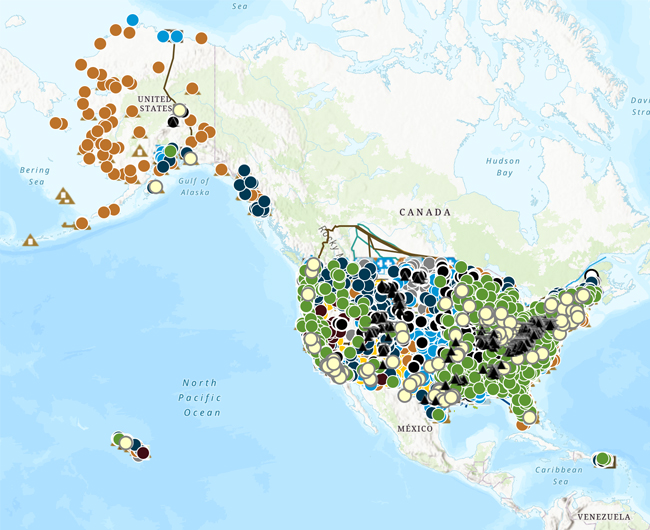Profile Overview
U.S Energy Atlas with total energy layers
 View the interactive map
View the interactive map Quick Facts
- In 2021, Vermont consumed 3.4 times more energy than it produced, but its total energy consumption was less than in any other state, which contributed to Vermont having the lowest energy-related carbon dioxide emissions among the states.
- About 57% of Vermont households heat with petroleum products, the third-largest share among the states, and 13% use wood, the highest share in any state. More than one-third of Vermont schoolchildren attend facilities heated by wood products.
- In 2022, Vermont generated almost 100% of its electricity from renewable resources, a larger share than in any other state. About 52% of Vermont's utility-scale in-state electricity generation and 48% of the state's total generation came from conventional hydroelectric power.
- In 2022, Vermont’s five utility-scale wind farms accounted for about 17% of the state’s total electricity net generation, a larger share than in nearly three-fourths of the states.
- Vermont’s Comprehensive Energy Plan (CEP) has set overall goals to meet 25% of the state’s energy needs through renewable sources by 2025, 45% by 2035, and 90% by 2050. The CEP sets specific goals for the transportation, heating, and electric power sectors.
Last Updated: November 16, 2023
